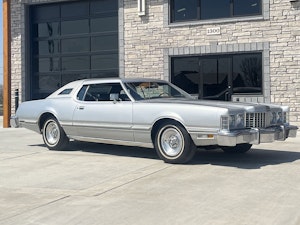Media | Articles
Graph of the Week: Million-Dollar Cars, How Many vs. How Much
More than 19,000 cars were sold at North American collector car auctions in 2015. The ones that got the most attention were cars like RM Sotheby’s $13.75 million McLaren F1 LM in Monterey or Artcurial’s $18.5 million Ferrari 250 California Spider barn find in Paris, just to name two. In other words, it’s the cars that bring the most money that get people talking. The truth is, though, that these million-dollar cars make up a little less than 1 percent of the automobiles sold at auction. Companies like Mecum, Barrett-Jackson, Russo and Steel and others will hammer hundreds of cars sold before bringing one that exceeds seven figures, and the vast majority of classic car owners aren’t shopping for million-dollar automobiles.
Why, then, do the most expensive cars get all the attention? Aside from making for better headlines, the most expensive cars also made up 36 percent of the value of all cars sold at North American collector car auctions in 2015. They therefore have a disproportionate impact on the auction market. Figures commonly used to measure an auction’s performance like total sales volume and average sales price can be greatly affected by whether a seven-or eight-figure car sells or not, as can an auction company’s revenue.
This has been the case for a while, but the impact of the most expensive cars has grown more pronounced. For example, in 2011, million-dollar cars only represented 19 percent of the value of cars sold at auction, so while they’ve always been a disproportionately large part of the market, their overall value has grown significantly compared to the rest of it.
Marketplace
Buy and sell classics with confidence










